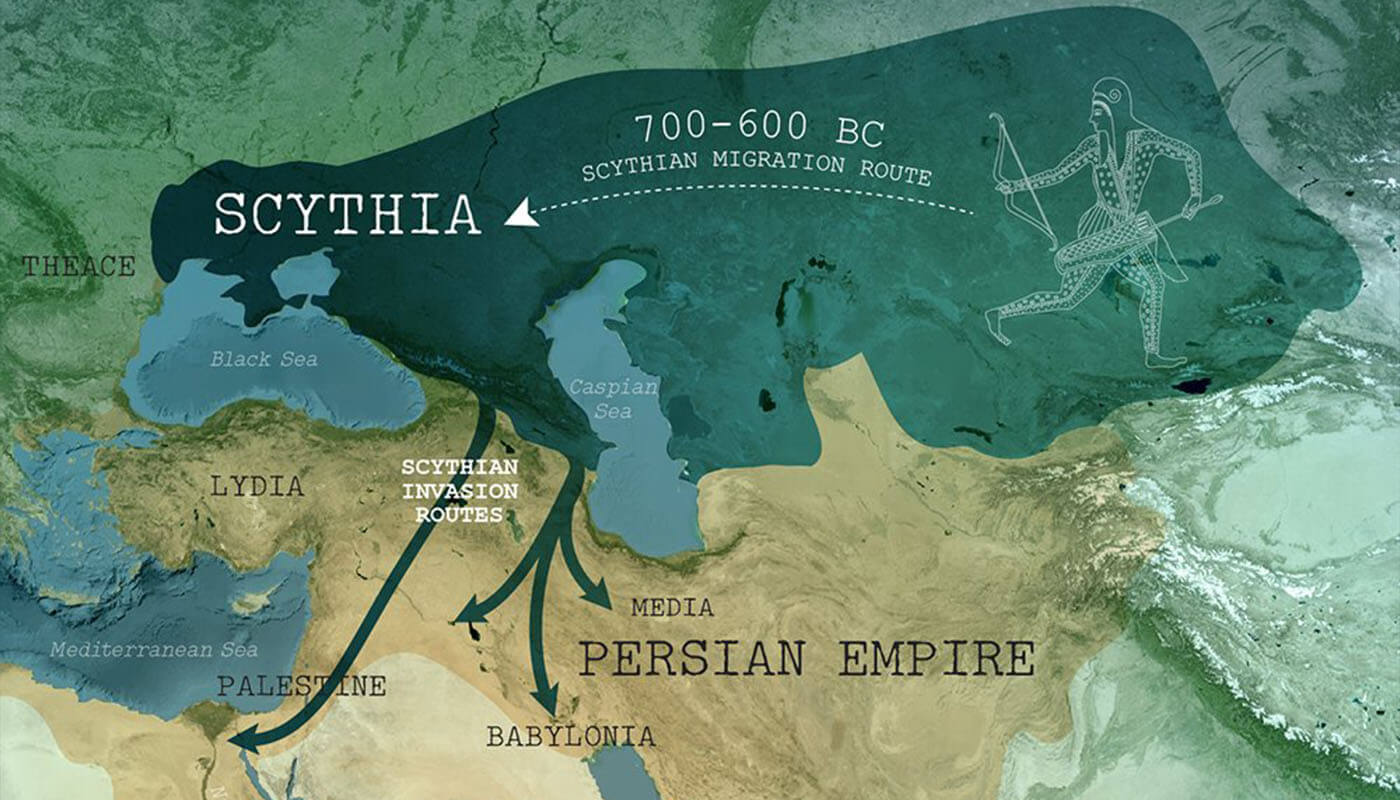Ancient ancestors intrigue us because our past defines who we are today. One could also argue that understanding our past better, will help us secure the future of our species. This is the story of the discovery of a burial site from the Saka period. And why DNA tests are useful not only for tracing ancestral kinships, but also for understanding ancient cultural practices.
The land of Scythians
Scythia was a region of Central Eurasia in the classical era. It stretched from the countries surrounding the Black Sea across Kazakhstan, and lower Russia and south into Afghanistan and Iran.
The Greeks referred to the nomadic people living in this huge region from 700BC – 200AD as Scythians. Modern day scholars usually call them the Saka people.
Scythian were known for their horsemanship. They were one of the earliest people to master the art of riding, which added to their prowess in war.
However, we know very little about the Saka people. Much of our current knowledge on their cultural practices or rules comes from excavating their burial places.
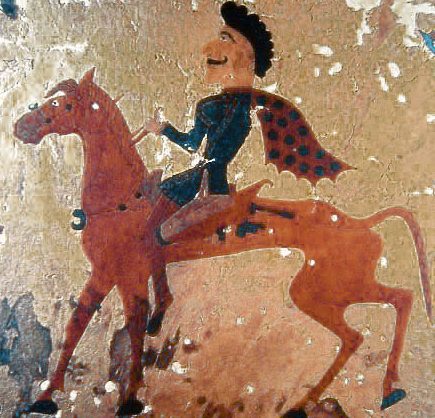
Discovery of a kurgan
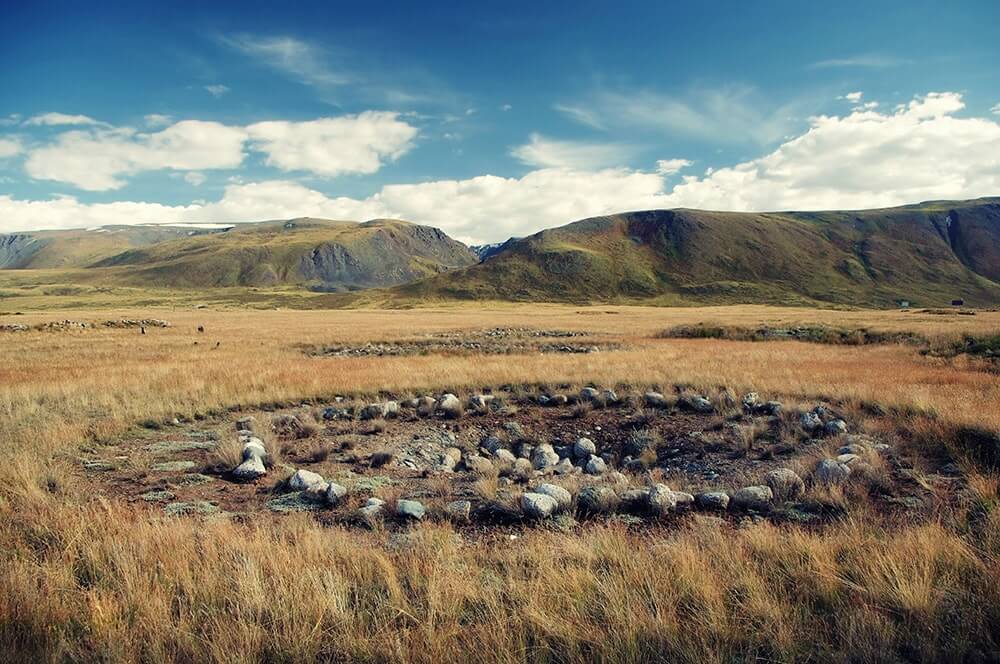
In 1997, an ancient kurgan was discovered in the Bukhtarma valley of east Kazakhstan. It dated back to the Saka period in the early 3rd century BC.
A kurgan is an ancient burial mound, heaped over a burial chamber. They held the remains of members of the elite, buried together with sacrificial offerings, including weapons, horses and chariots.
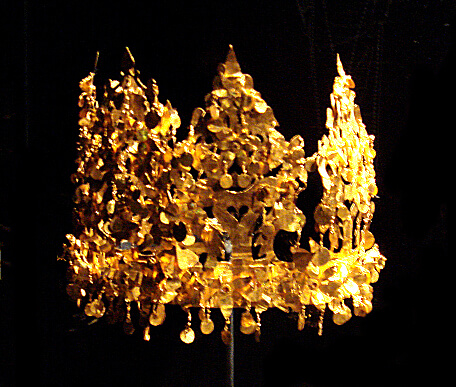
This kurgan held a wooden sarcophagus containing the skeletal remains of an adult male and adult female. The remains were deduced as belonging to a Saka Prince and his wife, based on the size of the kurgan and the sacrificial offerings (including 13 horses!).
But, it’s also possible that the skeletons were biologically related. The investigators chose to use DNA analyses to test this possibility.
DNA analyses for kinship testing
Initial analyses focused on autosomal STR (short tandem repeat) markers. Each person inherits one copy of each autosomal STR marker from each parent. So if this pair were a father and daughter, or a mother and son, half of their STR markers would match.
The autosomal STR analysis ruled out this possibility. But couldn’t exclude the possibility that the two individuals were siblings.
Mitochondrial DNA analysis
Researchers next turned to mitochondrial DNA (mtDNA), to exclude sibling kinship. MtDNA is strictly maternally-inherited (passed down from mother to child), and effectively doesn’t change from generation to generation.
There are hundreds of copies of the mtDNA genome in each of our cells. This makes it very useful for the analysis of ancient samples. As they inherit mtDNA from the mother siblings will have identical mtDNA profiles.
Profiles obtained from the Saka remains confirmed that the two skeletons were not related. This supported the idea that the female skeleton was the wife of the Saka Prince.
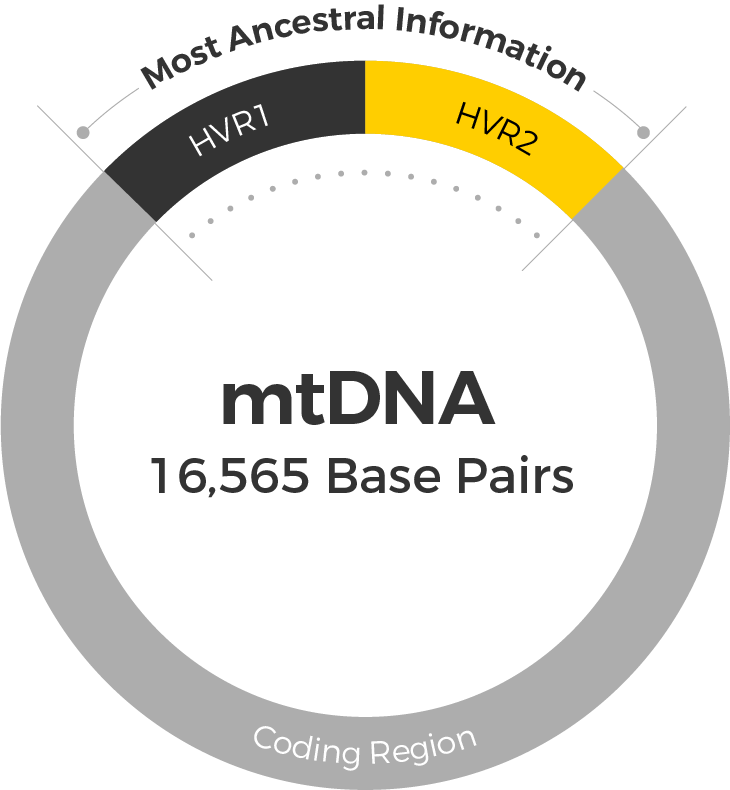
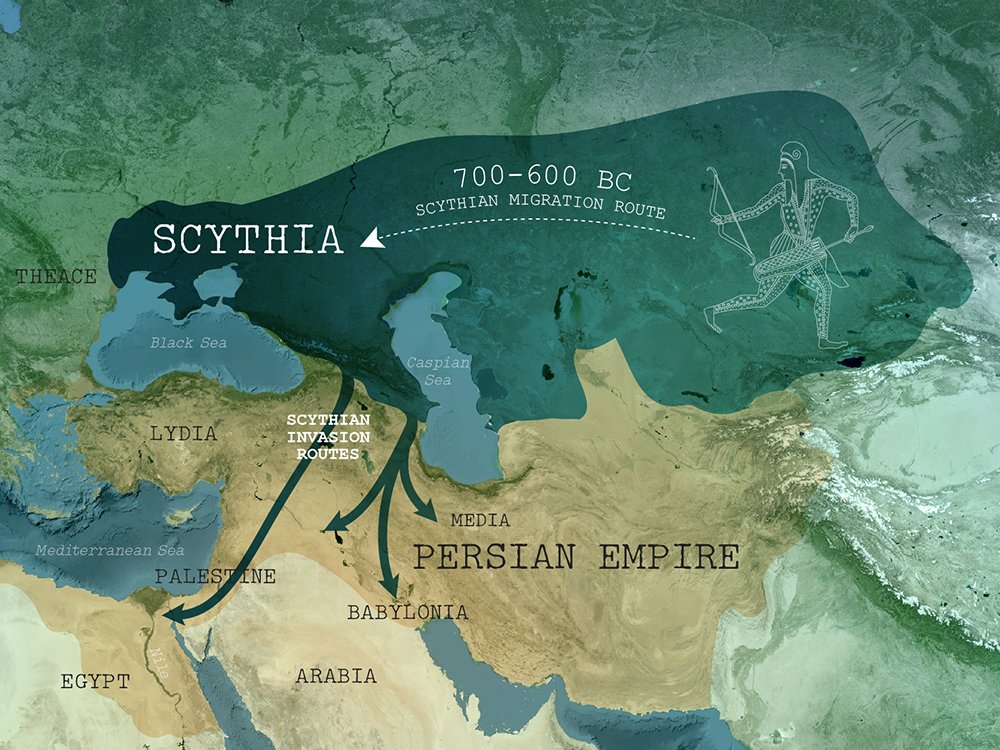
Conclusion
The mtDNA profile of the Prince more commonly associated with European individuals. The Princess’s mtDNA profile is more similar to Central Asian populations.
If you have taken the DNA Maternal Ancestry Test, you can compare your results to those of this Saka Prince and Princess to see if you have descended from the same maternal lineage.


